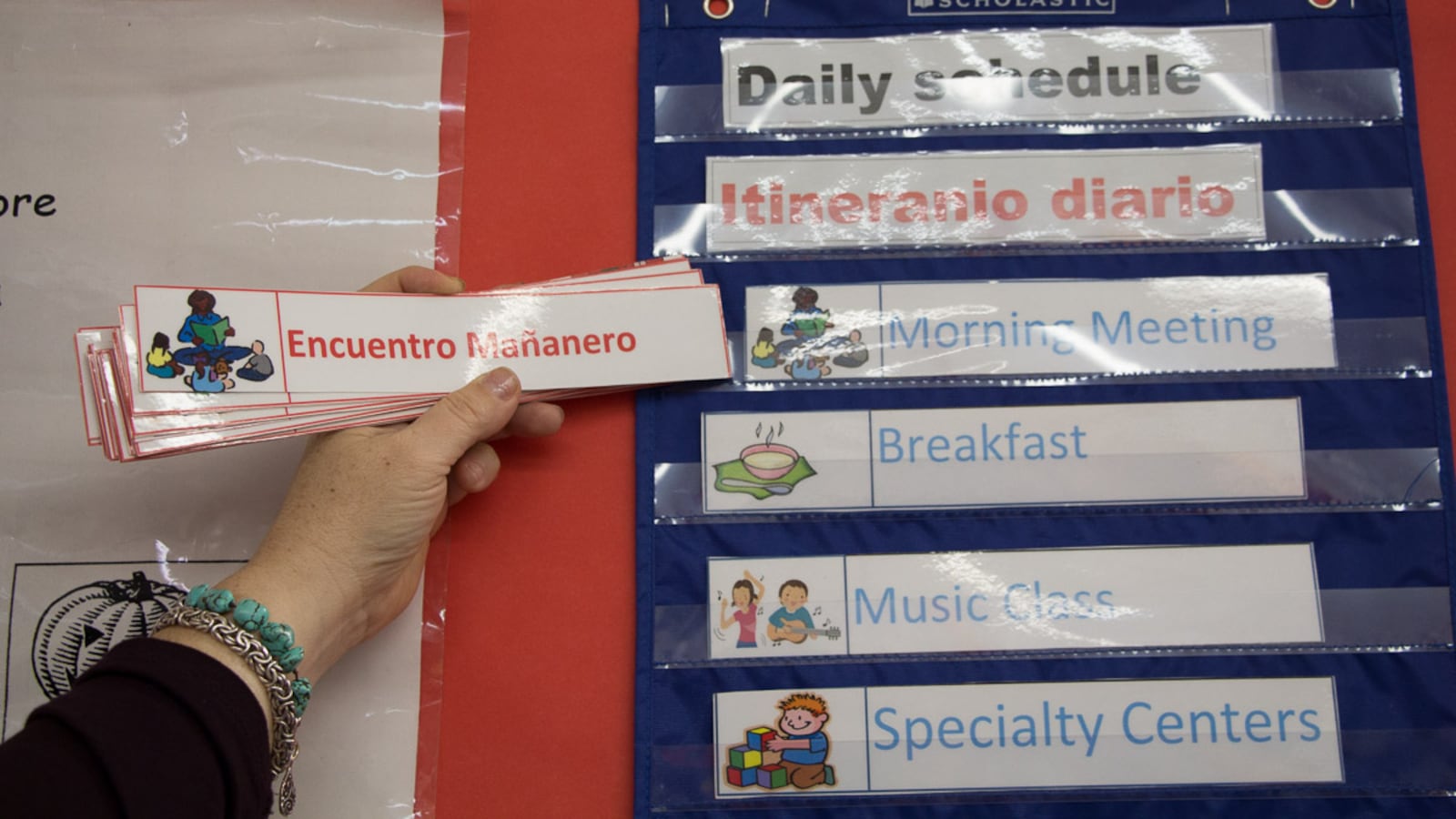When New York state released its latest round of high school graduation rates, the news was mostly good — but one troubling statistic stood out.
While graduation rates for all students continued a historic climb, English Language Learners experienced a dramatic drop in both New York City and the state.
The city was quick to defend itself, saying its graduation rate was flat if you consider the number of students who were classified as English learners the year they graduated along with those who learned the language well enough to test out.
Now, a timely new study lends support to the city’s stance.
Published by the Institute of Education Sciences, the report suggests that tracking the graduation outcomes of former English learners, as well as those who take slightly longer to earn diplomas, offers a clearer picture of how this vulnerable population is faring in school.
“We’ve had data on English learners, but it hasn’t always been interpreted carefully and it hasn’t always been used in a way that’s useful to schools,” said Michael Kieffer, an associate professor at New York University and lead author of the report. “We’re starting to have a conversation … about how are we going to use data better to serve English learners better?”
The report was based on New York City student data, and was released this week by an independent research arm of the U.S. Department of Education. The researchers looked at graduation outcomes among New York City fifth- and sixth-grade students who entered school as English learners in the 2003-04 academic year.
It found 64 percent of students who were ever considered English learners earned diplomas, “higher than might be assumed,” according to the study.
Counting both groups of students only makes sense, said Caroline E. Parker, co-author of the report and principal research scientist at the nonprofit Education Development Center.
“You get a better sense of how English learners are doing across a whole system in K-12,” she said, adding that students who test out “have been served by the English learner programs and are successful.”
It’s also important to consider how many students graduate within five and six years, the study states. Learning a new language is hard enough, but learning high-level academic content in another language is even tougher. The researchers found that 15 percent of English learners didn’t graduate on time, but did earn a diploma within six years — bringing the graduation rate to about 79 percent. That is virtually on par with the six-year rate for native speakers.
The findings are particularly relevant now, as the latest round of state and city graduation data were released earlier this month. According to the state, 72.6 percent of all New York City students graduated. But for students who are still learning English, the graduation rate was 27 percent — a 9.6 point drop from the previous year.
That figure only includes students who were classified as English Language Learners during their last year of school, but still managed to graduate in four years — an important metric to help judge whether schools are serving recent immigrants well, Kieffer said.
However, if the graduation rate is adjusted to include both current English learners and those who learned the language well enough to test out of the program, it rises to about 51 percent.
Given the findings, schools might want to think about creating different pathways to graduation, according to the study, and city and state governments may want to consider using longer-term graduation rates within accountability systems under a new federal education law called the Every Student Succeeds Act.
“The group of English learners is very complex,” Parker said. “One thing this research tries to do is unpack what does that group look like … and is it possible to create policies that account for that diversity of students and allow them to be successful?”
The city, which has been under state scrutiny for lagging in providing services for English learners, is working on ways to improve instruction. This week, officials announced the opening of 68 more bilingual programs. More than 12 percent of the city’s 1.1 million students are considered English learners.
“We are committed to ensuring all ELLs have the supports they need to succeed,” Yuridia Peña, a department spokeswoman, wrote in an email. “We’re encouraged by the improvements they’ve made.”

